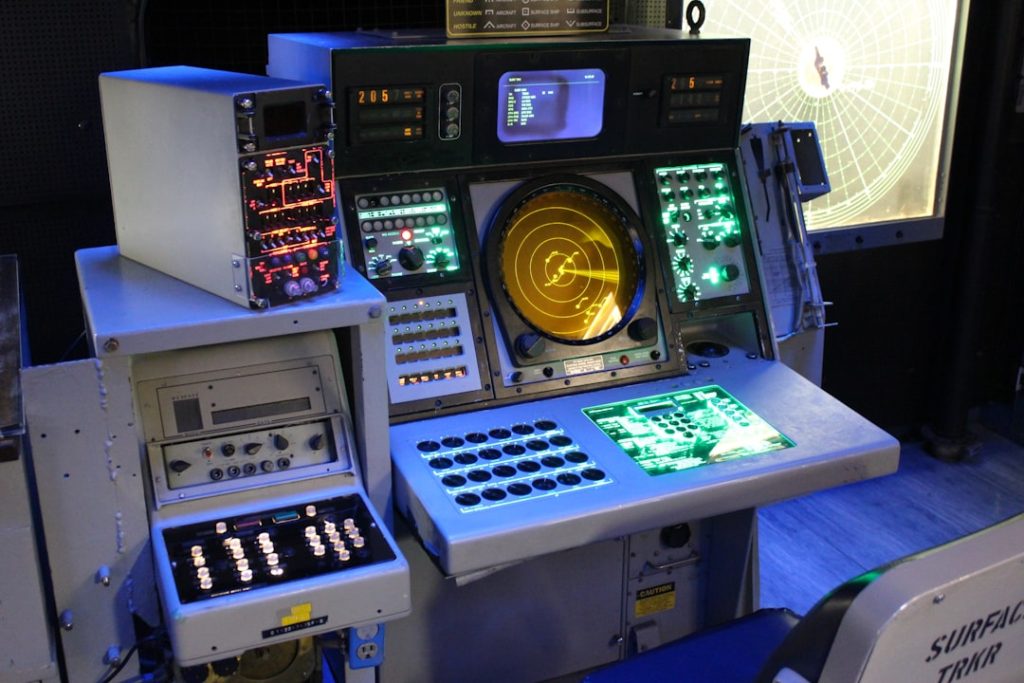The Skylab program, initiated by NASA in the early 1970s, marked a significant milestone in the history of human space exploration. As the United States’ first space station, Skylab was designed to serve as a laboratory for scientific research and a platform for long-duration human habitation in low Earth orbit. Launched on May 14, 1973, Skylab represented a bold step forward in the quest to understand the effects of microgravity on human physiology and to conduct experiments that could not be performed on Earth.
The program was not only a testament to American ingenuity and engineering prowess but also a precursor to future endeavors in space habitation and exploration. Skylab’s design was innovative, featuring a modular structure that allowed for various scientific instruments and living quarters for astronauts. The program was ambitious, aiming to host three crewed missions over its operational lifespan.
Each mission was intended to last several weeks, during which astronauts would conduct experiments, observe celestial phenomena, and gather data on the effects of prolonged spaceflight on the human body. The Skylab program laid the groundwork for subsequent space stations and provided invaluable insights into the challenges and possibilities of living and working in space.
Key Takeaways
- Skylab was the United States’ first space station, launched in 1973 as part of the Skylab program.
- The historical background of Skylab includes its development from the Apollo program and the challenges it faced during its mission.
- Skylab’s scientific achievements and discoveries include important research in solar astronomy, Earth observation, and biomedical studies.
- Skylab’s impact on space exploration technology includes advancements in space station design, life support systems, and solar power generation.
- Astronaut experiences and contributions on Skylab included conducting experiments, performing spacewalks, and studying the effects of long-duration spaceflight on the human body.
Historical Background of Skylab
The origins of the Skylab program can be traced back to the early 1960s when NASA was exploring various concepts for human spaceflight beyond the Mercury and Gemini programs. The Apollo program, which aimed to land humans on the Moon, was in full swing, but there was a growing recognition of the need for a dedicated platform for scientific research in space. This led to the conceptualization of Skylab as a space station that could support long-duration missions and facilitate a wide range of scientific investigations.
Skylab’s development faced numerous challenges, including budget constraints and technical hurdles. The initial design was based on the upper stage of the Saturn V rocket, which had successfully launched Apollo missions. This decision not only utilized existing technology but also allowed for a more cost-effective approach to building the space station.
After several years of development, Skylab was finally launched into orbit, but not without its share of complications. The station suffered damage during its ascent due to the deployment of its solar panels, which required quick thinking and problem-solving from NASA engineers to ensure its functionality.
Scientific Achievements and Discoveries

The Skylab program yielded a wealth of scientific achievements that significantly advanced our understanding of various fields, including astronomy, biology, and materials science. One of the most notable accomplishments was the extensive study of solar phenomena. Astronauts aboard Skylab utilized specialized instruments to observe solar flares and coronal mass ejections, providing critical data that enhanced our understanding of solar activity and its impact on Earth’s atmosphere.
In addition to solar studies, Skylab facilitated groundbreaking research in human physiology. The three crewed missions—Skylab 2, Skylab 3, and Skylab 4—allowed scientists to investigate how prolonged exposure to microgravity affected the human body. Experiments focused on muscle atrophy, bone density loss, and fluid distribution changes.
The data collected from these studies have been instrumental in shaping our understanding of human health in space and have informed protocols for future long-duration missions, including those planned for Mars exploration.
Impact on Space Exploration Technology
| Technology | Impact |
|---|---|
| Rocket Propulsion | Enabled spacecraft to travel farther and faster |
| Spacecraft Materials | Improved durability and heat resistance |
| Robotics | Enabled autonomous exploration and sample collection |
| Communication Systems | Facilitated real-time data transmission from space |
The technological advancements developed during the Skylab program had far-reaching implications for future space exploration endeavors. The design and engineering challenges faced during Skylab’s construction led to innovations in life support systems, thermal control, and spacecraft docking mechanisms. For instance, the experience gained from managing Skylab’s environmental systems directly influenced the design of subsequent space stations like Mir and the International Space Station (ISS).
Moreover, Skylab’s modular design concept paved the way for more complex space habitats. The ability to expand and modify a space station’s capabilities through modular components became a standard practice in later designs. This approach not only enhances functionality but also allows for adaptability in response to evolving scientific needs and technological advancements.
The lessons learned from Skylab’s operational challenges have been invaluable in refining spacecraft design and mission planning for future explorations beyond low Earth orbit.
Astronaut Experiences and Contributions
The experiences of astronauts aboard Skylab were pivotal in shaping both public perception of space travel and scientific understanding of human capabilities in microgravity environments. The first crewed mission, Skylab 2, featured astronauts Charles “Pete” Conrad, Joseph Kerwin, and Paul Weitz. Their mission was marked by a steep learning curve as they adapted to life aboard the station while conducting experiments.
They faced challenges such as equipment malfunctions and limited resources but demonstrated remarkable resilience and ingenuity. Subsequent crews continued this legacy of exploration and discovery. For example, Skylab 3 astronauts Alan Bean, Owen Garriott, and Jack Lousma conducted extensive research on solar phenomena while also engaging in public outreach efforts that helped demystify space travel for audiences back on Earth.
Their contributions extended beyond scientific research; they played a crucial role in inspiring future generations of scientists and engineers by sharing their experiences through interviews, lectures, and educational programs.
Skylab’s Legacy in International Collaboration

While Skylab was primarily an American endeavor, its legacy extends into the realm of international collaboration in space exploration. The program set a precedent for cooperative efforts among nations in pursuit of common scientific goals. Although it was launched during a period marked by intense geopolitical rivalry during the Cold War, Skylab’s achievements demonstrated that space could serve as a unifying frontier for humanity.
The collaborative spirit fostered by Skylab laid the groundwork for future international partnerships in space exploration. Programs such as the International Space Station (ISS) are direct descendants of this ethos, bringing together multiple countries to work towards shared objectives in scientific research and technological advancement. The lessons learned from Skylab’s operational successes and challenges continue to inform collaborative efforts today, emphasizing the importance of teamwork across borders in addressing complex scientific questions.
Skylab’s Influence on Future Space Stations
The influence of Skylab on subsequent space stations cannot be overstated. Its pioneering design principles and operational strategies served as a blueprint for future projects like Mir, the ISS, and even upcoming ventures such as NASA’s Lunar Gateway. Each new generation of space station has built upon the foundational knowledge gained from Skylab’s missions, refining life support systems, enhancing crew accommodations, and expanding scientific capabilities.
For instance, the modular design concept introduced by Skylab has been integral to the ISS’s construction, allowing for continuous upgrades and expansions since its launch in 1998. Additionally, many of the scientific experiments conducted aboard Skylab have informed ongoing research aboard the ISS, particularly those related to human health in microgravity environments. As we look toward future missions to Mars and beyond, the legacy of Skylab remains a vital part of our understanding of how to sustain human life in space.
Continuing the Legacy of Skylab
The legacy of the Skylab program is one that continues to resonate within the field of space exploration today. Its pioneering spirit laid the groundwork for advancements in technology, international collaboration, and scientific discovery that have shaped our current understanding of living and working in space. As we embark on new missions aimed at exploring deeper into our solar system, including plans for Mars colonization and beyond, the lessons learned from Skylab remain relevant.
The program’s emphasis on scientific inquiry and human adaptability serves as a reminder that exploration is not merely about reaching new frontiers but also about understanding our place within the universe. As we continue to build upon Skylab’s achievements through ongoing research and international partnerships, we honor its legacy by pushing the boundaries of what is possible in human spaceflight. The spirit of innovation that characterized Skylab will undoubtedly inspire future generations as they venture into uncharted territories among the stars.


